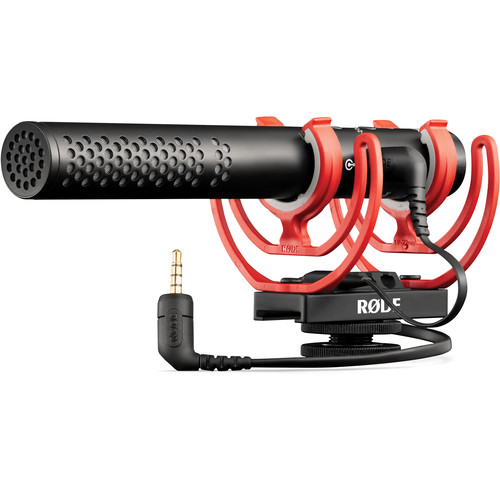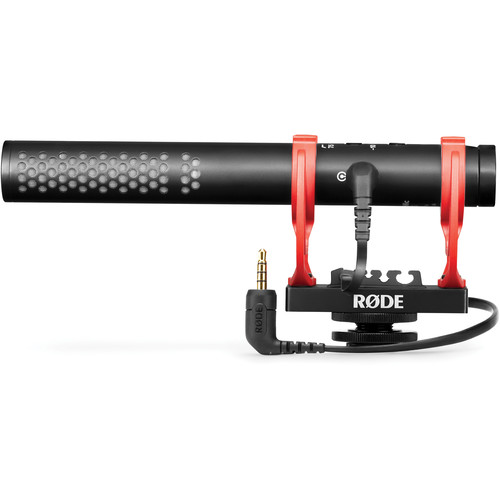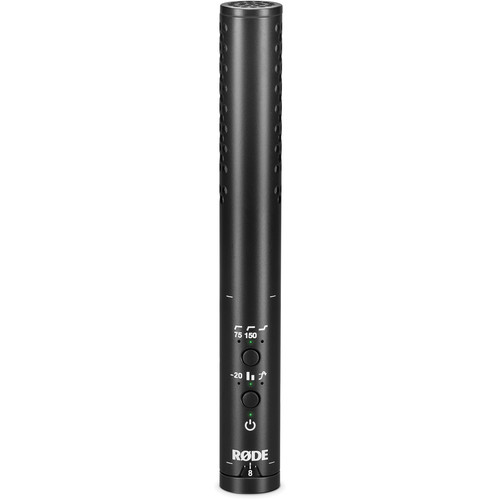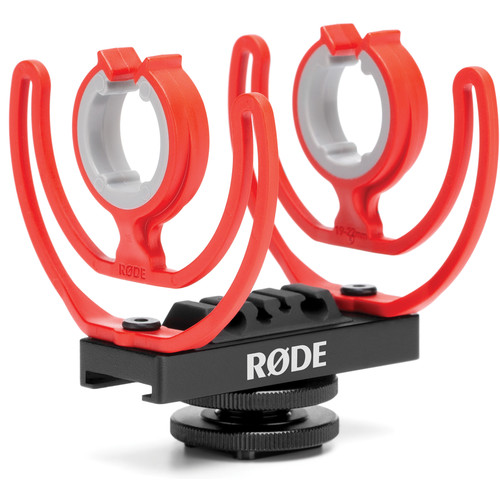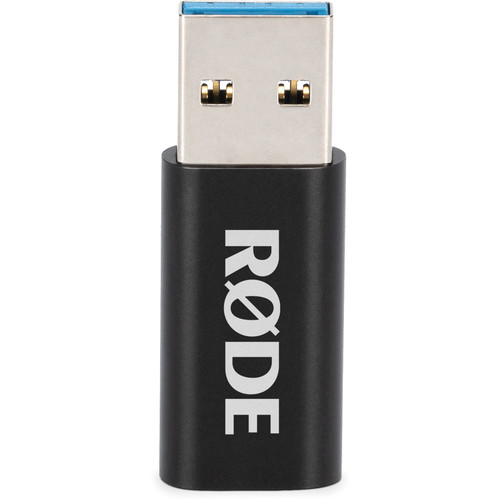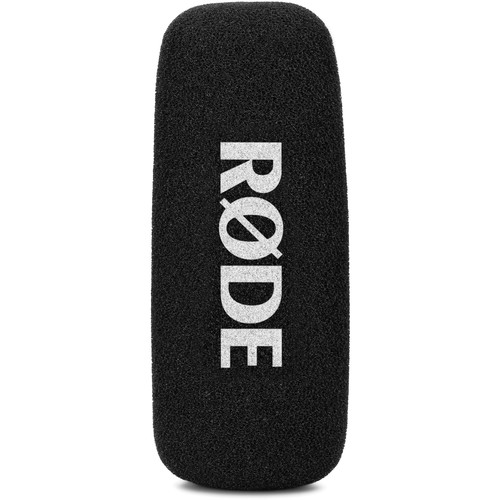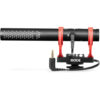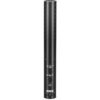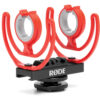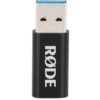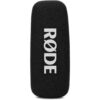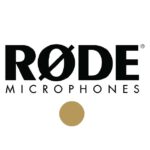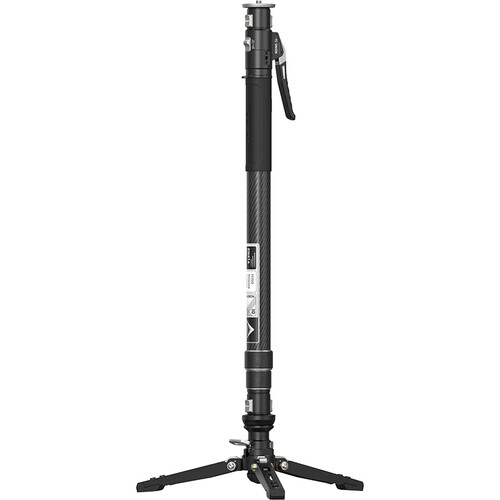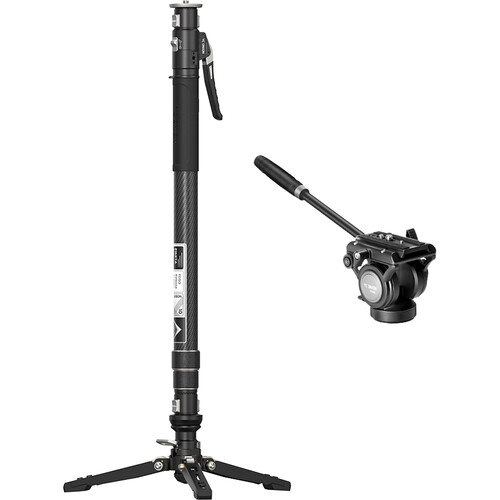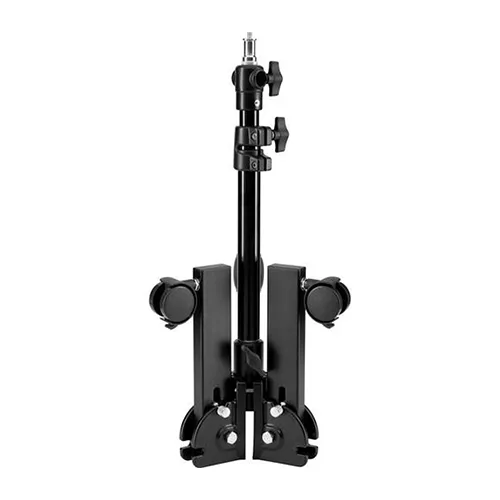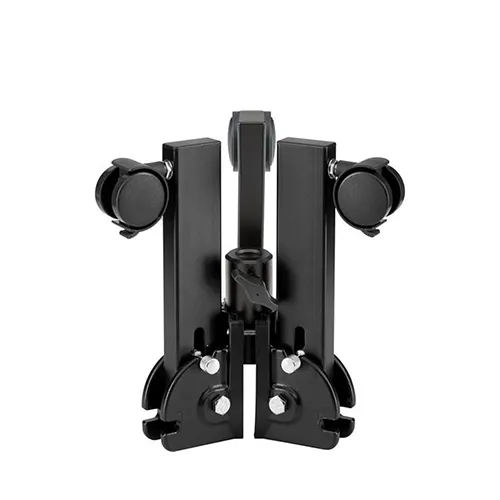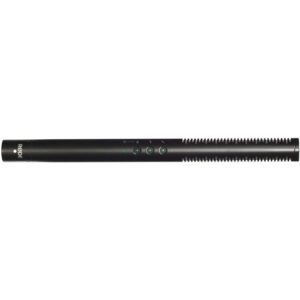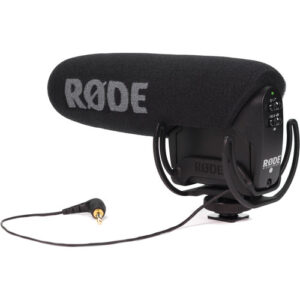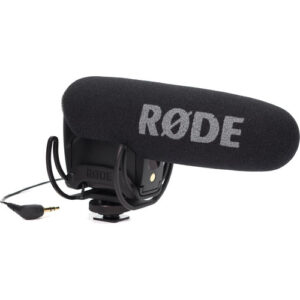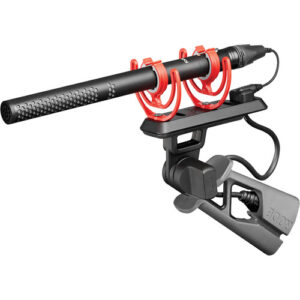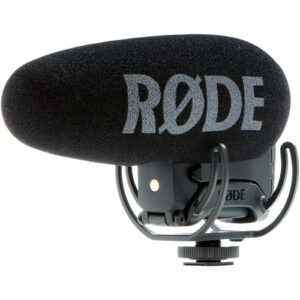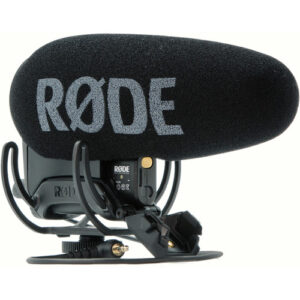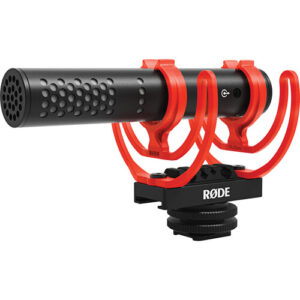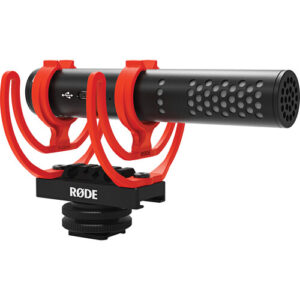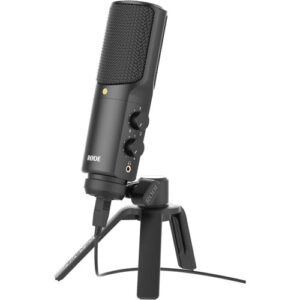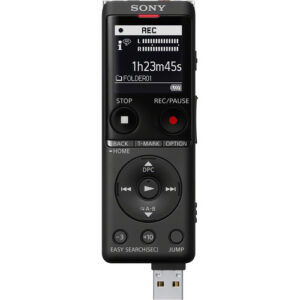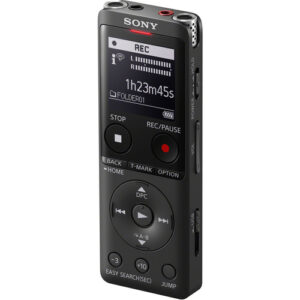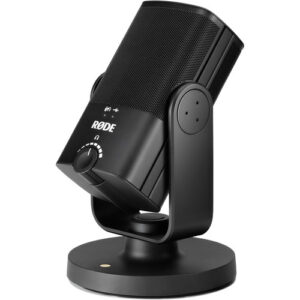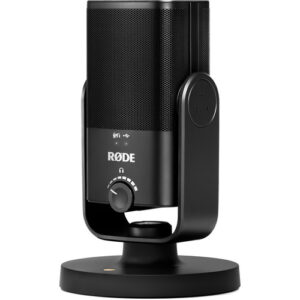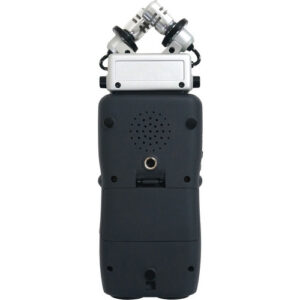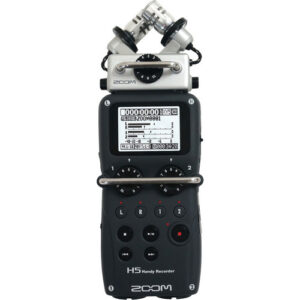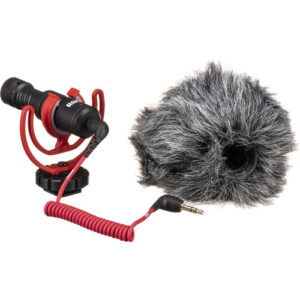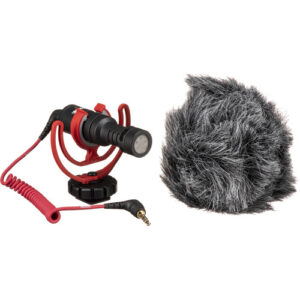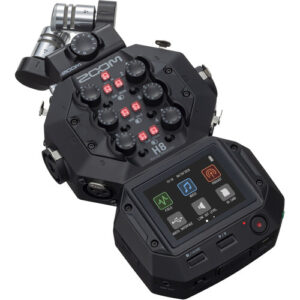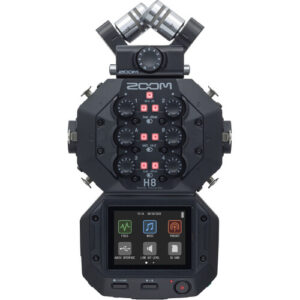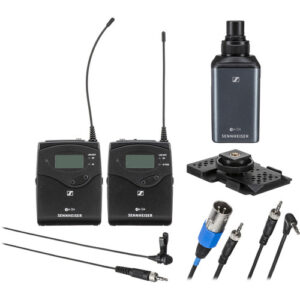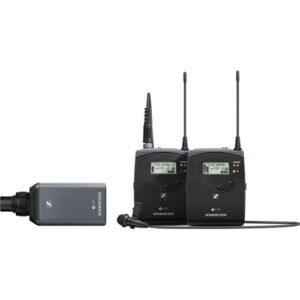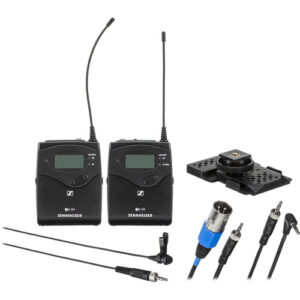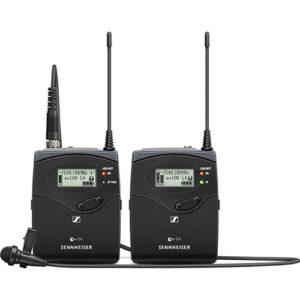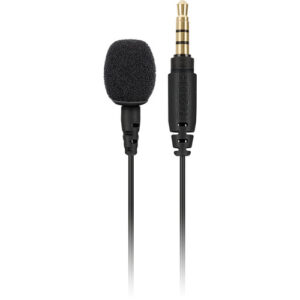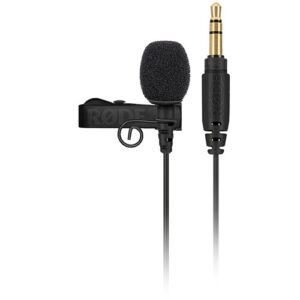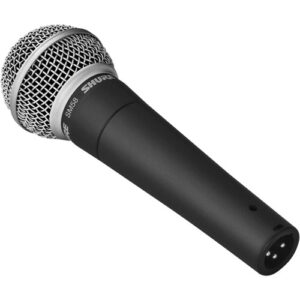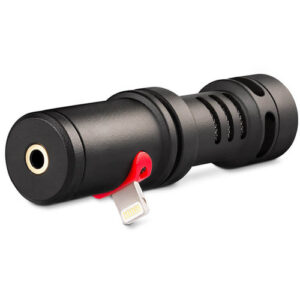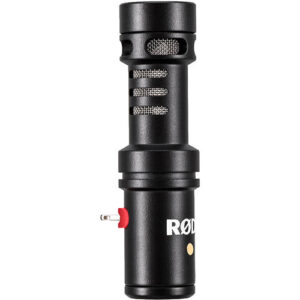Currently Empty: KSh0.00
Product Description
The Rode VideoMic NTG gives video content creators, run–and-gun filmmakers, voiceover artists, and podcasters the sound of the highly regarded NTG shotguns in a convenient camera-mount mic that requires no additional adapters to work with cameras, smartphones, tablets, portable recorders, and USB-equipped computers.
With focused directivity, continuously variable gain, digitally switched tone controls, and an internal USB-rechargeable battery, the VideoMic NTG provides transparent sonic performance and immensely flexible functionality. Thanks to its aerospace-grade aluminum housing, the VideoMic NTG is durable, compact, and lightweight, making it equally at home atop a camera or on a boompole.
The auto-sensing 3.5mm TRRS output and included TRRS cable ensure compatibility with cameras, portable recorders, mobile devices, and computers—no adapters required. A peak warning light, a -20 dB pad, and the selectable -20 dB safety channel help you easily avoid distortion in your recordings. When used as a USB microphone, the 3.5mm jack functions as a stereo headphone output for real-time monitoring of your signal.
Thanks to firmware version 2.0, the VideoMic NTG is now MFi-certified for use with Lightning-equipped Apple iOS mobile devices (iPhone, iPad, and iPod) when paired with the Rode SC15 USB Type-C to Lightning accessory cable (available separately).
Technology Ported from the NTG5
Directional Sound Pickup
Extensive Device Compatibility
Full USB Microphone Functionality
MFi-Certified for Apple iOS Mobile Devices
As of firmware version 2.0, the VideoMic NTG is officially MFi-certified, unlocking complete compatibility with Lightning-equipped iOS devices, including iPhone, iPad, and iPod. Plug your VideoMic NTG into your iPhone, iPad, or iPod via USB with the Rode SC15 USB Type-C to Lightning accessory cable (available separately), unleashing the full potential of the mic, including:
- Headphone monitoring with complete volume control using the variable output knob
- Two-way audio transmission for making video calls
- Access to the safety channel, which creates a second output at -20 dB in case the main channel distorts
- High-quality 24-bit / 48 kHz digital audio conversion

